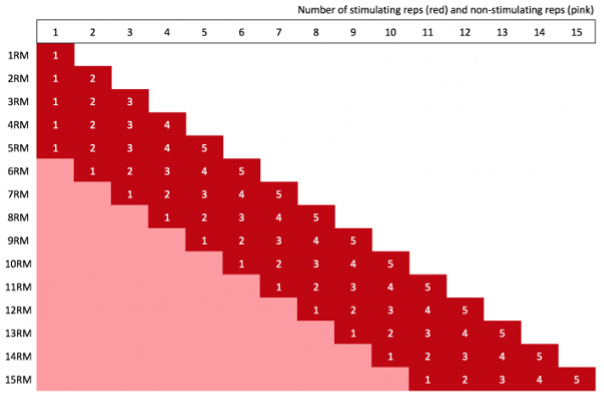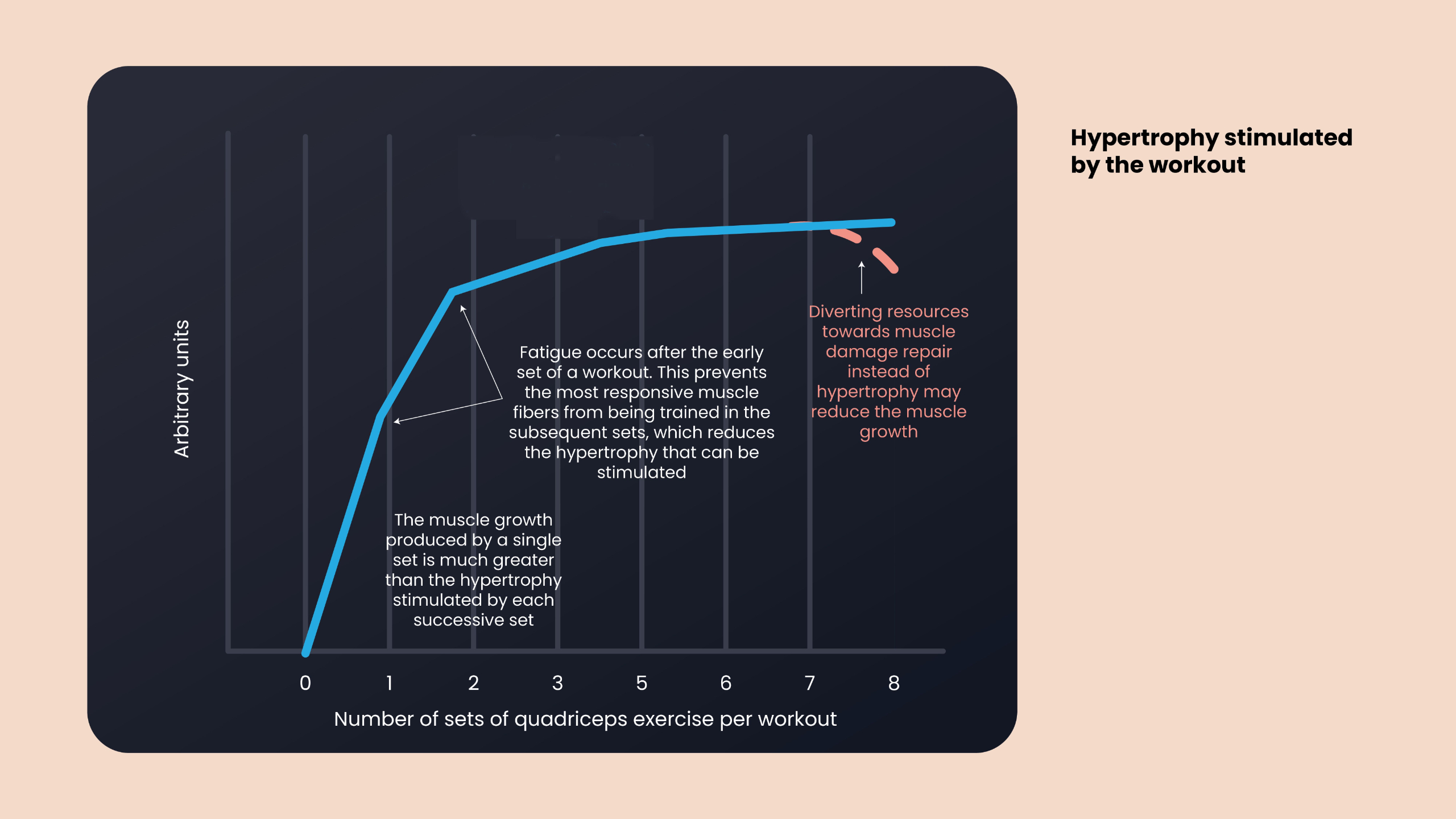The short and sweet Borge Fagerli guide to getting bigger and stronger
I have been very vocal about my views on volume and frequency throughout the years, and I thought it was time to do provide a short summary.
As more research is done, we are getting more information about what works for most people to build a muscle bigger and stronger - and on an individual level, I have a few insights on what will work specifically for your needs when the general guidelines don’t.
I don’t think it is very productive to get lost in the math of lifting, where some start looking at how much weight you are lifting in total (i.e. tonnage or volume-load as a function of reps x sets x load).
Tonnage or volume load doesn’t necessarily equate to hypertrophy.
Depending on various factors, it has been shown in research these last few years that regardless of load, as long as it is within the 40-85% of 1RM range, you will achieve hypertrophy on the last 5 or so reps of a set to failure.
I coined the term “effective reps” many years ago when I created Myo-reps, and other fitness authorities in the field have later adopted it or similar terms (e.g. stimulating reps) - see this article by Chris Beardsley of Strength and Conditioning Research and the accompanying image:

So from a mechanistic standpoint, you get equal growth from a set of 5 reps of 5RM as you will from a set of 20 reps of a 20RM, since you get 5 "effective" reps in both scenarios.
In practice, most people will notice that they get more growth out of certain rep ranges, but I think we can say that this is most likely due to perceptions and preference and not physiology.
As higher reps generate more fatigue (15-20+) and lower reps (1-5) will put more strain on joints and connective tissue, most people will gravitate towards the 5-12 rep range as a good compromise, and my recommendation is 5-8 reps as the best "sweet spot".
I would also add that picking exercises you enjoy doing will increase your gains, rather than sticking with some preconceived notion of what is the most effective.
Now, since going to absolute failure may require a lot more recovery time, you may be better off at 1 Rep In Reserve (RIR) as a general rule. You can easily compensate for the loss of effective reps by doing an additional set.
So e.g:
3 sets of 10 @ 10RM (5 effective reps per set) = 15 effective reps (in practice, you might get 10,9,8 reps on each set due to accumulated fatigue)
4 sets of 9 @ 10RM (4 effective reps per set) = 16 effective reps (in practice, you might get 9,8,7,7 reps due to accumulated fatigue)
Or you could do 1 Myo-rep set of 9 +3+3+2 @ 10RM which is also 15 effective reps and takes way less time...
Unless you are doing Myo-reps and managing fatigue in a lower volume setup, research has shown that 2-3mins of rest between sets is optimal - and even if you do Myo-reps you should get at least 3 minutes of rest between exercises since the fatigue accumulated from this type of training can be higher than from straight sets.
Powerlifters may do several submaximal sets at higher loads to get in sufficient volume without putting excess strain on recovery, so that they can work at higher frequencies (as strength is also dependent on skill).
Example: 6-8 sets of 1-2 reps at 3-5RM. With shorter rest periods of 30-60secs this is referred to as Cluster training.
The infamous Norwegian Powerlifting Frequency Project showed the best gains in both strength and hypertrophy from training each lift 6x/week - but this was also a high volume study where the 3x/week group spent 3hrs per workout in the gym AND they were elite lifters - so the 6x/week group had better fatigue management. They also did a lot of submaximal sets, I don’t think they at any point during the 12 week study reached failure.
As each workout generates a certain amount of fatigue (both local and central, or peripheral and CNS as they are usually referred to as), there will be a dose-response relationship that looks like a bell curve vs. a straight line that just tapers off - i.e. as you go beyond the 4-6 set per muscle group range you may incur a host of negative effects.

Conclusion and practical recommendations
For most lifters, each movement or muscle group can be worked around 2-3x/week at a maximum of 3 hard, or 4 moderately hard (1RIR), or 5-6 submaximal sets each workout, in the rep range you prefer - but for most people it will be in the vicinity of 5-12 reps.
I suggest starting with 1 set to failure, and then add sets if/when needed - i.e. adding sets every 3-4 weeks to see if you get more gains out of it is a perfectly viable strategy - but if you can get more out of less, that will be the most sustainable.
I do think spending some time at both higher than 12 and lower than 6 reps is wise on occasion, but only for 1-3 week cycles (unless your goal is powerlifting).
Let your instincts guide you.
Lifting closer to a 1RM with low reps will usually yield the best gains in 1RM due to the principle of specificity, and skill (practicing the test more often) plays a big role in the ability to display true 1RM strength.
If you for various reasons want or need to get in a higher weekly volume (which may or may not be necessary as you get more advanced, a point of contention I won’t dig into here) you would probably be better off increasing frequency instead of volume per workout - unless you are already training 3x/week.
If you’re not consistently getting stronger (improving reps or adding weight) AND generally feeling under-recovered, you should reduce volume, frequency or both.
This goes for all of you who for whatever reason are suffering from compromised recovery, whether it be:
- Sleep deprivation (personal experience from when my son was a year old and would wake up every hour, every night)
- calorie deficits (planned diets or unintentional undereating)
- poor stress management (work/study habits, not being able to say no, generally being a pessimist etc etc).
The Last Program you’ll ever need to invest in
The culmination of 25 years of experience, thousands of pages of professional literature and studies, and the results of nearly 4,000 client cases summarized in one program - the most effective principles and methods gathered in one place!
Learn More
